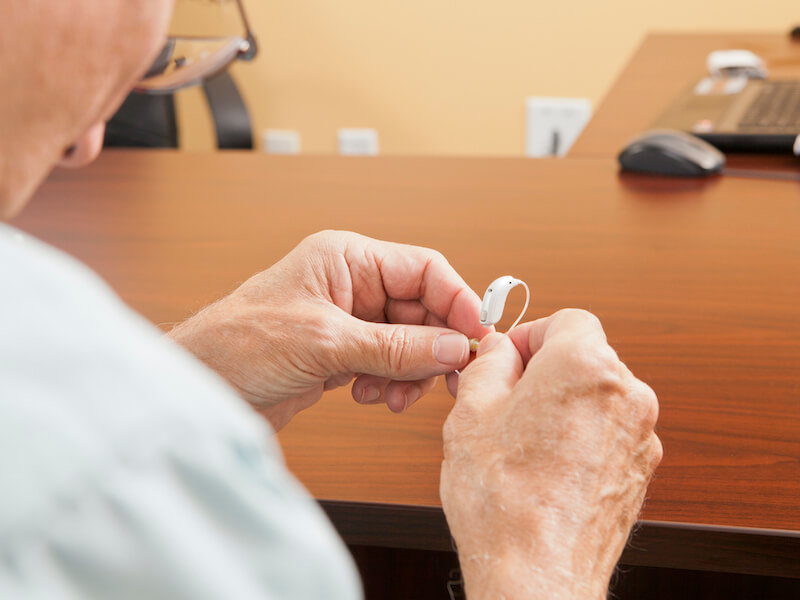
You take care of your hearing aids. When you go to bed, you always put them snuggly on the charger and you clean them every day.
But you get pretty discouraged when your hearing aids abruptly stop working the way they used to. Thankfully, there are a few steps you can take to troubleshoot the problem. Not doing any additional damage is your top priority so you won’t need to replace them.
Troubleshooting your hearing aid
You saved the owner’s manual that came with your beautiful new hearing aids, right? Hopefully, you did so that you can consult with your owner’s manual to undertake maintenance and troubleshooting. Following your owner’s manual is essential because every model of hearing aid is different.
Here are some things you can check on most models:
- Keep your microphone clear: Check for anything blocking the microphone of your hearing aid. A blocked microphone can create feedback or can cause your hearing aids to sound broken or quiet.
- Check for visible damage: Do you see any visible cracks or loose components around the shell of your hearing aid? Cracks, obviously, could suggest more extensive damage (or let in moisture).
- Check your battery: Even if you know your hearing aids spent the night on the charger, you’ll want to double-check the battery power. It may be a good idea to check if you may need new batteries or if the old ones are correctly inserted, particularly if your batteries are replaceable.
- Wax buildup: Perform a visual inspection of your hearing aid to ensure that there’s no wax buildup interfering with basic operation. Even if you undertake routine cleaning, sometimes wax can accumulate quickly, so it’s worth checking this off your list.
Once again you can learn how to address each of these issues by consulting your owner’s manual. Self-maintenance is sometimes possible.
When does my hearing aid require repair?
If your hearing aid keeps malfunctioning after you have performed basic upkeep and troubleshooting, it’s likely that your hearing aid will have to be professionally repaired. That might not always sound appealing, after all, you depend on your hearing aid for daily communication (along with dinners with your family, keeping up to date with your favorite Netflix series, and so on).
You won’t necessarily be without your hearing aid for extended periods of time just because it needs to be repaired. Sometimes, we can do the repair in office and you can take it with you when you go.
Or, you’ll be able to take your hearing aids in for professional help and have them back in just a few hours (this, of course, depends on the degree of the damage, all the more reason to bring your devices in for repair as soon as possible).
But fast repair won’t be possible in every case. And in those situations, you might find yourself needing a backup pair of hearing aids. So if you’ve got an old pair lying around, ask whether they will serve on a temporary basis. We may even be able to loan you a pair while you are waiting.
Get help with your hearing aids right away
If the audio quality is starting to fail, it’s essential to get your hearing aids assessed and repaired.
Any degree of downtime needs to be avoided. Your mental health and your overall health can be impacted by neglected hearing loss. More to the point, once your hearing aids are forgotten in a box somewhere, it’s all too easy to pretend they’re not there, meanwhile, your hearing gets worse and worse.
Keeping those hearing aids in good working order is the key to keeping your hearing healthy. And the best way to do that is to clean them, keep them charged, and, when necessary, take your hearing aids to get some professional repair.
